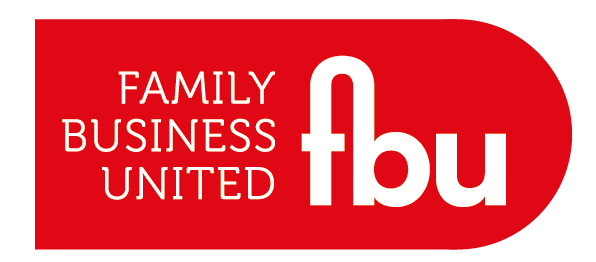Working With Different Generations For An Inclusive & Diverse Workforce
- Paul Andrews - Founder & CEO, Family Business United

- Sep 2, 2024
- 3 min read
Updated: Oct 1, 2024

In today's rapidly evolving work environment, businesses are encountering a unique challenge: managing a workforce that spans multiple generations. From Baby Boomers to Generation Z, each generation brings distinct perspectives, values, and work styles to the table.
In fact, a study from LiveCareer discovered that 89% of respondents found generation diversity to be a positive aspect to a workforce, and were able to learn from their peers as a result.
However, managing and working collectively with these different generations can become a challenge for managers and colleagues, as they need to adjust their managerial and communication styles to consider varying groups of people that have differing preferences.
Shalini Khemka CBE, CEO and Founder of the entrepreneurial community E2E, speaks on how businesses can adjust and tailor their managerial styles through better understanding generational differences.
Understanding The Generational Landscape
The current workforce is a blend of five distinct generations: The Silent Generation (born 1928-1945), Baby Boomers (born 1946-1964), Generation X (born 1965-1980), Millennials (born 1981-1996), and Generation Z (born 1997-2012). Each generation has been shaped by unique social, economic, and technological factors, which influence their communication styles, work preferences, and attitudes towards authority and career growth.
For example, there is often a large debate between Generation X, Millennials and Generation Z about communication style, where some prefer phone calls, and others prefer texting and emailing.
In a work setting, this can mean that communication becomes strained due to these differing preferences, and it may hinder processes and relationships between staff.
Another difference is how generations approach topics such as race, gender, sex, and mental health, with older generations often approaching these as taboo topics, and new generations feeling more open and comfortable talking about related matters.
With diversity in the workplace becoming increasingly prevalent to how a company operates, this example demonstrates how generations can learn from each other, taking into account their varying opinions and how they can work around these.
Key Strategies For Managing A Multigenerational Workforce
There are certain ways to approach a workforce built up of different generations so that everyone feels included, seen, and heard, fostering a culture of collaboration between different ages.
Promote open communication and understanding: Encourage employees to share their perspectives and experiences, promoting mutual understanding and respect. Regular workshops and team-building activities can help bridge generational gaps and create a more cohesive team, allowing everyone to gain a more thorough understanding of their peers and how they might think differently to each other.
Lerverage strengths across generations: Each generation brings unique strengths to the workplace. For example, Baby Boomers often have deep industry knowledge and experience, while Millennials and Gen Z are typically more tech-savvy and adaptable. By recognising and leveraging these strengths, companies can enhance collaboration and drive innovation.
Flexible work arrangements: Different generations may have varying preferences for work schedules and environments. Offering flexible work arrangements, such as remote work options or flexible hours, can accommodate these preferences, leading to higher job satisfaction and productivity amongst different groups of people.
Tailored professional development: Provide training and development opportunities that cater to the diverse learning styles and career aspirations of each generation. For instance, Gen Z may prefer digital learning platforms, while Baby Boomers might value face-to-face mentorship.
Inclusive leadership: Leaders play a crucial role in managing a multigenerational workforce. By adopting an inclusive leadership style that values diversity and encourages collaboration, leaders can create a positive work environment where all employees feel valued and motivated to contribute.
Mentorship and reverse mentorship programmes: Implement mentorship programmes where experienced employees can share their knowledge with younger colleagues. Alternatively, reverse mentorship programmes can allow younger employees to share their insights on technology and current trends, fostering a culture of continuous learning and growth for everyone.








%20copy%20(4)%20copy%20(1)%20copy%20copy%20(1)%20copy%20(1)-Medium-Quality.jpg)



.png)
























